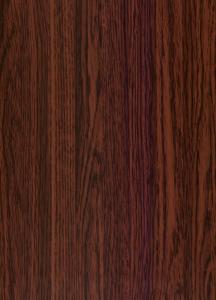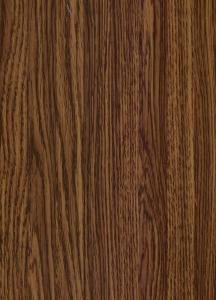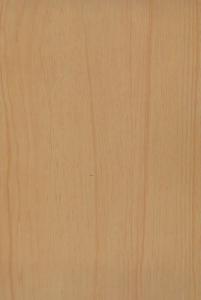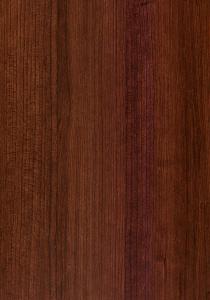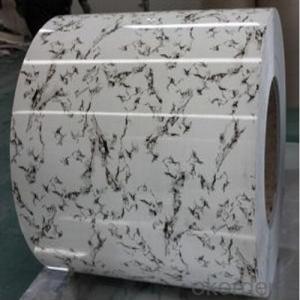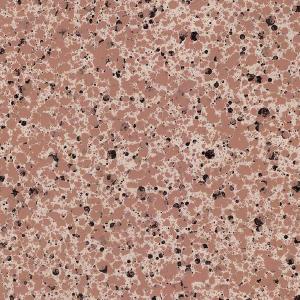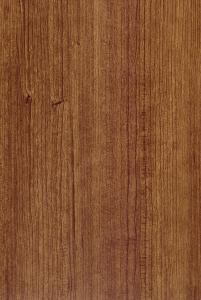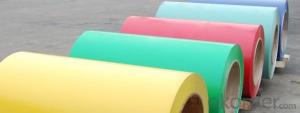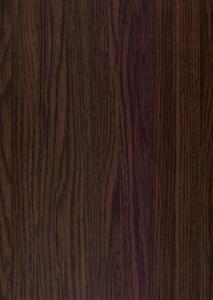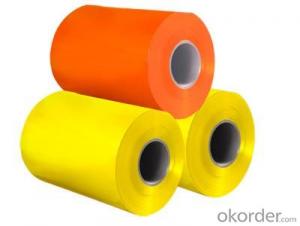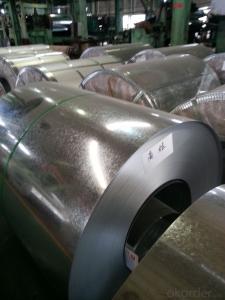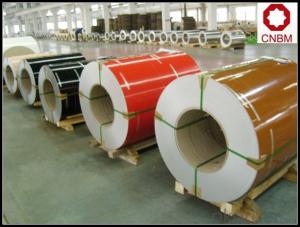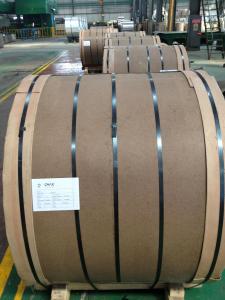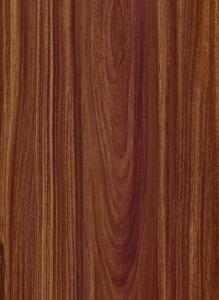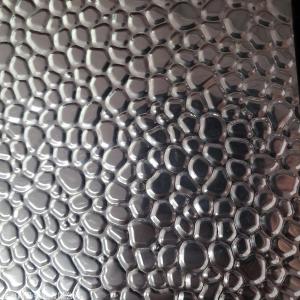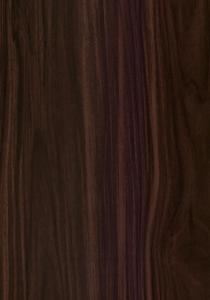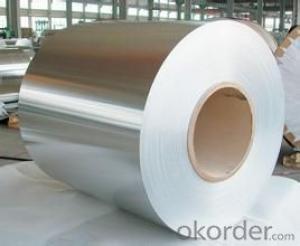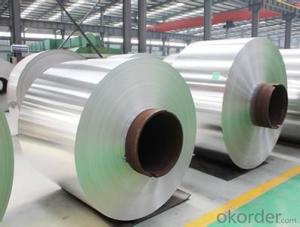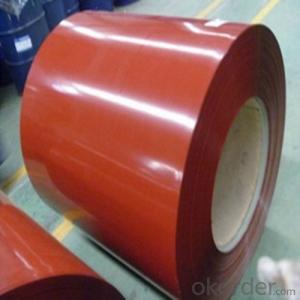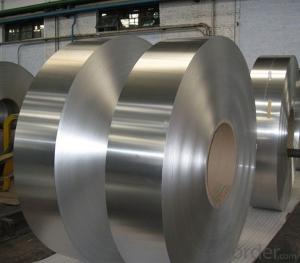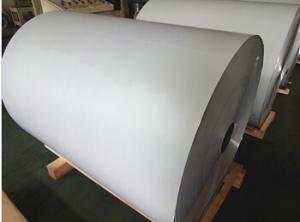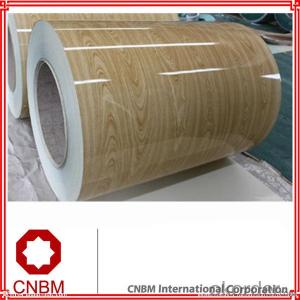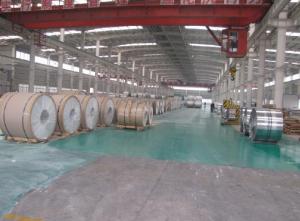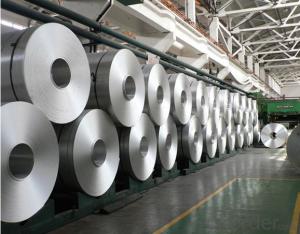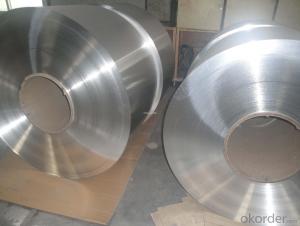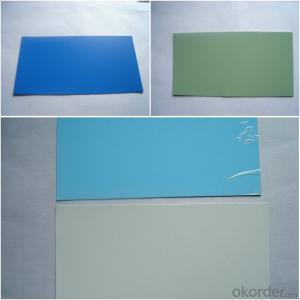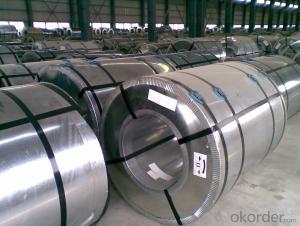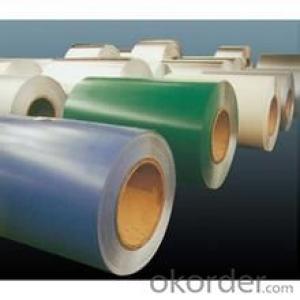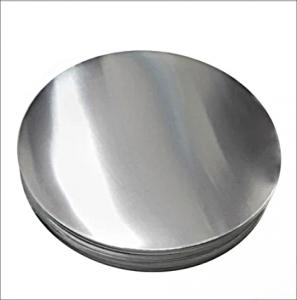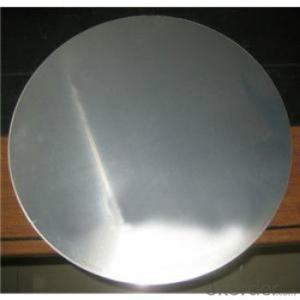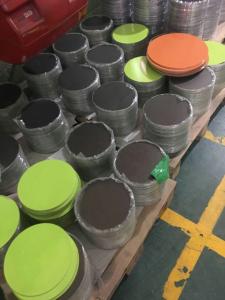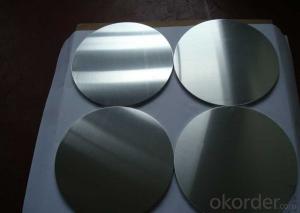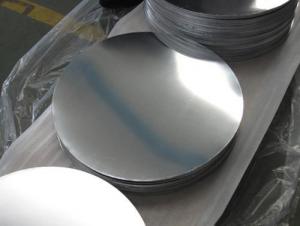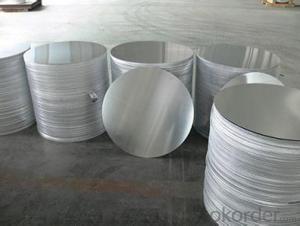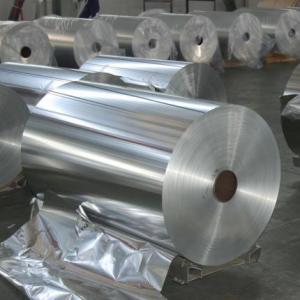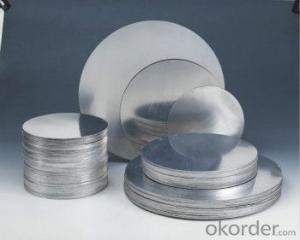Gray Aluminum Trim Coil
Gray Aluminum Trim Coil Related Searches
Charcoal Gray Aluminum Trim Coil Black Aluminum Trim Coil Brown Aluminum Trim Coil Green Aluminum Trim Coil Clay Aluminum Trim Coil Trim Coil Aluminum Wood Grain Aluminum Trim Coil Poly Aluminum Trim Coil Colored Aluminum Trim Coil White Aluminum Trim Coil Mastic Aluminum Trim Coil Alcoa Aluminum Trim Coil Red Aluminum Trim Coil Bronze Aluminum Trim Coil Aluminum Siding Trim Coil Dark Bronze Aluminum Trim Coil Aluminum Trim Coil White Vinyl Coated Aluminum Trim Coil Woodgrain Aluminum Trim Coil Painted Aluminum Trim Coil Alside Aluminum Trim Coil Bending Aluminum Trim Coil Aluminum Vinyl Siding Trim Coil Aluminum Trim Coil Roll Amerimax Aluminum Trim Coil Pvc Aluminum Trim Coil Hunter Green Aluminum Trim Coil Best Aluminum Trim Coil Painting Aluminum Trim Coil Alsco Aluminum Trim CoilGray Aluminum Trim Coil Supplier & Manufacturer from China
Gray Aluminum Trim Coil is a versatile product made from high-quality aluminum, which is widely used in various industries for its durability and aesthetic appeal. This type of coil is known for its strength, corrosion resistance, and ability to maintain its appearance over time, making it an ideal choice for a range of applications. The product is particularly popular in construction, automotive, and aerospace industries, where its lightweight and sturdy properties are highly valued.Gray Aluminum Trim Coil finds its application in numerous usage scenarios, such as in the manufacturing of window frames, door trims, and decorative accents. It is also commonly used in the production of automotive parts, including bumpers, hoods, and body panels. Additionally, its lightweight and strong characteristics make it a preferred material in the aerospace industry for the construction of aircraft components. The versatility of this product allows it to be easily customized and shaped to fit specific design requirements, making it a popular choice among manufacturers and designers.
Okorder.com is a reputable wholesale supplier of Gray Aluminum Trim Coil, boasting a large inventory of this product to cater to the diverse needs of its customers. With a commitment to providing high-quality materials at competitive prices, Okorder.com ensures that businesses can access the Gray Aluminum Trim Coil they need to meet their production demands. By offering a wide range of sizes and thicknesses, Okorder.com enables customers to find the perfect fit for their specific applications, ensuring that they can achieve their desired outcomes with ease.
Hot Products
